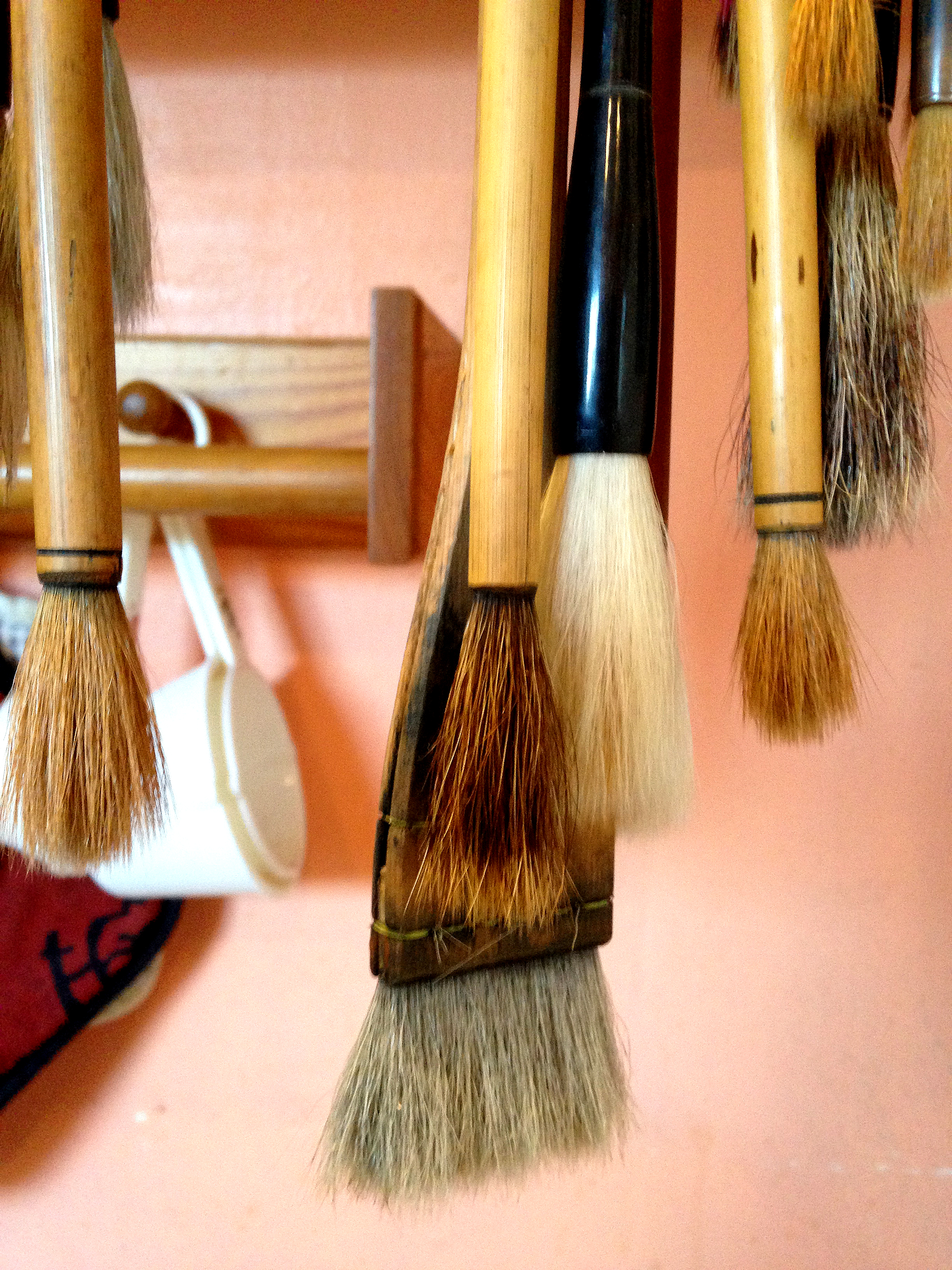My understanding of an Artist’s Statement – or, more accurately, the way I choose to understand an Artist’s Statement – is that it is project-specific. It is well and good to invoke the universal in one’s process, such as a commitment to Truth, Curiosity or Beauty, but that is neither helpful nor interesting. Both as an artist and as a viewer, I crave insight. It takes work to distill insight. The more particular one gets, the better. Not that one should literally describe in words the visual content of an image, but if a person were to read an Artist’s Statement in one room then walk into the next, where several portfolios were presented, the reader should be able to pair the Artist’s Statement with the work. Otherwise, the Artist’s Statement is unmoored.
This is important, I think, because too many people use Artist’s Statements to convey impressions they wish or hope are in the artwork. Or they, themselves, don’t know what is in the artwork. They only know that they were compelled to make it. Or they have a sincere commitment to a certain concern, but the creative manifestation of that concern is a minor element in the work they produce. Or they write an Artist’s Statement for no other reason than they think they should have one.
What I personally look for in another artist’s work is some insight, significant to me, that helps me understand my world a little bit better. I will spend more time with an artist’s work and his or her Artist’s Statement if I am persuaded, at first blush, that it is worth my while. There must be the promise of a meaningful reward. I have no interest in listening to people who speak but do not know what they are saying.
Factors critical to my continued interest in an artist’s work include craftsmanship, identity, clarity, correspondence between work and words, a sense of purpose, and the significance of the endeavor. While I don’t generally appreciate navel gazing, a non-momentous quest of a particular objective can be fascinating, if the journey is illuminated with personal insight.

